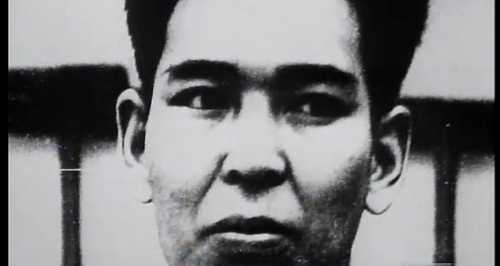
The Kamloops Kid
Kanao Inouye was a second generation Japanese-Canadian (a Nisei), born in Kamloops, British Columbia, and attended Vancouver Technical high school, on the city’s east side. Unlike many Japanese Canadians, who remained loyal to Canada during World War II, Inouye is a rare anomaly. He was also the first Canadian in history to have faced prosecution for war crimes. It is said that he enjoyed his schoolwork and got along well with his mostly white schoolmates. The others even considered him a teacher’s pet. After his graduation from Vancouver Technical High School, his family urged him to go to Japan for higher studies. In May 1942, he was conscripted as a civilian interpreter and sent to the prisoner camps in Hong Kong. Suddenly, he was back in the company of Canadians, the survivors of the ill-fated “C” Force that had been sent to defend Hong Kong. They would have vivid recollections of the interpreter from Kamloops. Kanao Inouye was not a very handsome fellow, and had a sadistic streak. He relished his job as part of the Kempeitai, the Japanese Gestapo. Nicknamed “Slap Happy” and the “Kamloops Kid,”he taunted the prisoners with rants about the Rising Sun flag flying over Ottawa and their sisters being raped by the victorious Imperial Japanese Army. His very name sparked dread and loathing among the prisoners. At dusk he would sometimes appear at the door of a hut and whisper “Where is Slap Happy?” If the soldiers responded and fell for the ruse, he would take them outside for a beating. Many Canadians died at the hands of Inouye. After the Japanese capitulation in August 1945, Inouye was seen in Kowloon by liberated Canadian prisoners and was arrested. The Kamloops Kid was then tried for war crimes by a military tribunal. He was convicted and was sentenced to death. However, the verdict was overturned on appeal, since as a Canadian citizen, he could not be prosecuted for war crimes committed by an enemy army. In April 1947, Inouye was tried on the criminal charge of treason. He was again found guilty, and on August 27, 1947, he was executed by hanging at Hong Kong’s Stanley Prison.
This is a companion discussion topic for the original entry at https://www.ww2incolor.com/gallery/canadian-forces/44141/the-kamloops-kid
